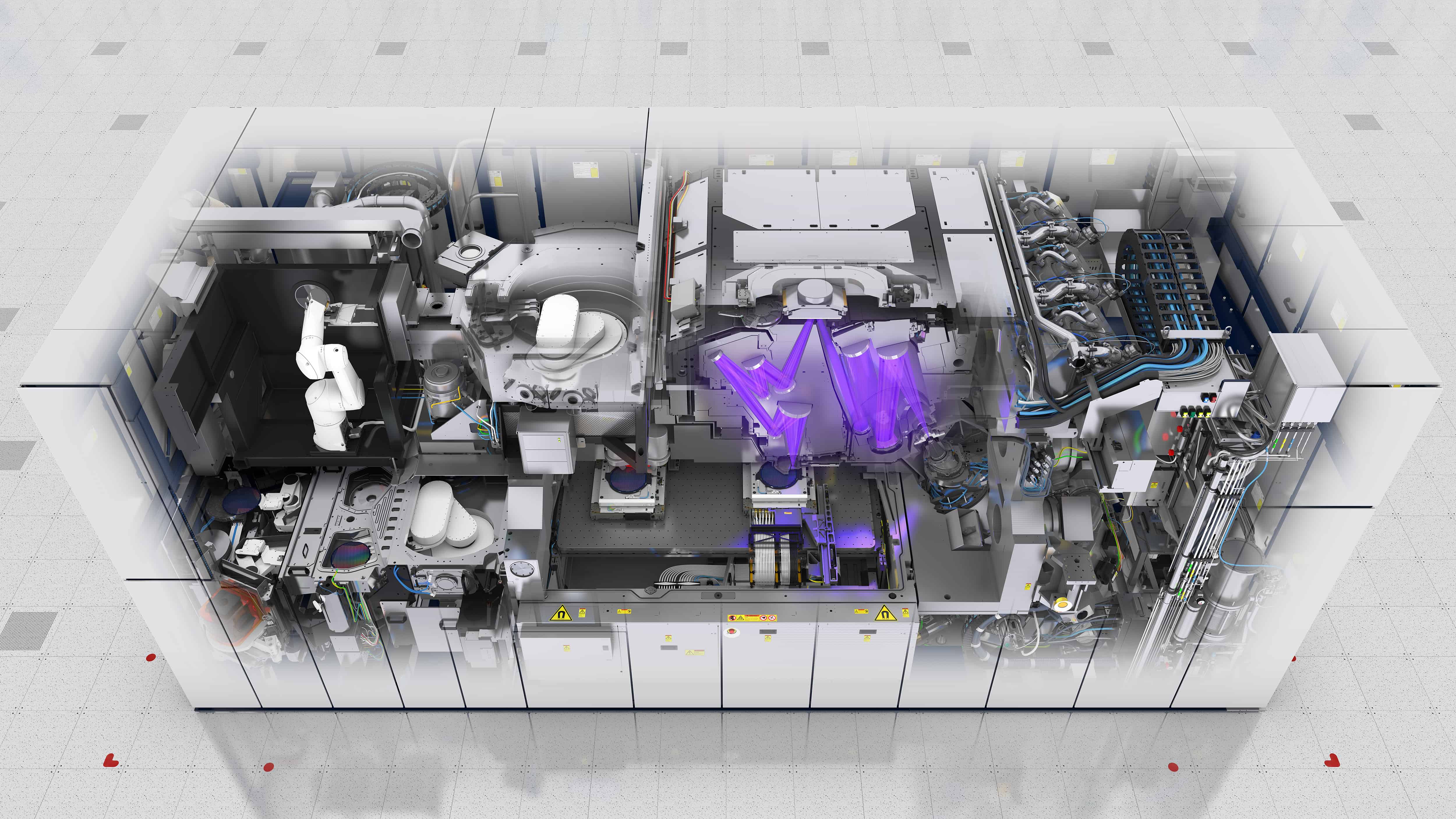
Amidst US and European containment measures, China has impressively doubled its semiconductor equipment localization rate to over 40% in just two years. This leap has been particularly noted in equipment for PVD and oxidation, exceeding 50%. Companies like Advanced Micro-Fabrication Equipment Inc. China and Naura Technology have invested heavily in R&D, with ratios exceeding 10%.
This rapid growth in self-reliance can be attributed to China’s extensive domestic market, government support, strong R&D capabilities, and the backing of the capital market. Despite this progress, China continues to lean on foreign technology for lithography processes, constituting a significant portion of semiconductor fabrication time and cost.
From Dependence to Self-Reliance
Only ten years ago, China’s semiconductor industry was highly dependent on foreign equipment and technology, with the country’s localization ratio of semiconductor equipment at a mere 21% in 2022. Fast forward to 2023, and China’s self-sufficiency in semiconductor manufacturing has soared to over 40%. The catalyst for this shift to self-reliance can be traced back to several key factors: a vast domestic market, robust government support, impressive R&D capabilities, and substantial backing from the capital market.
One of the most striking illustrations of this increased self-sufficiency is the localization rate of equipment for Physical Vapor Deposition (PVD) and oxidation processes, which has surpassed 50%. Semiconductor equipment manufacturers have also consistently invested more than 10% of their revenues in R&D, which is higher than most foundries and chip equipment manufacturers, demonstrating a clear commitment to innovation and self-reliance.
Challenges and Opportunities
Despite this impressive progress, China still confronts a considerable challenge in the form of lithography – an essential process in semiconductor manufacturing, which accounts for approximately 60% of the time and around 35% of the cost of semiconductor fabrication. Currently, the localization rate of lithography equipment languishes in the single digits.
However, there are signs of change on the horizon. For instance, Shanghai Micro Electronics Equipment Group (SMEE) plans to introduce its first scanner capable of producing chips on a 28nm process technology by the end of 2023. This development could potentially enhance China’s lithography self-sufficiency, bringing it closer to achieving a fully localized semiconductor supply chain.
Global Impact
China’s move towards semiconductor localization has far-reaching implications for the country and the global supply chain and market dynamics. With governments increasingly investing in strengthening their local semiconductor ecosystems, China’s aggressive push towards self-sufficiency could disrupt the existing balance of power within the global semiconductor industry.
Moreover, the China-U.S. rivalry over digital technology, with semiconductors at its heart, is becoming the primary force in international politics. As such, China’s progress in semiconductor localization could have important implications for its international relations, particularly with the U.S.
The Path Forward
By 2030, the global semiconductor market is projected to reach $1.1 trillion, and if current trends continue, China could account for a significant portion of this market. However, the semiconductor self-sufficiency race could hinder the industry’s progress toward this $1 trillion goal. Nevertheless, if China continues to navigate these challenges and opportunities with the same vigor and determination it has demonstrated so far, its semiconductor industry’s future looks promising.







